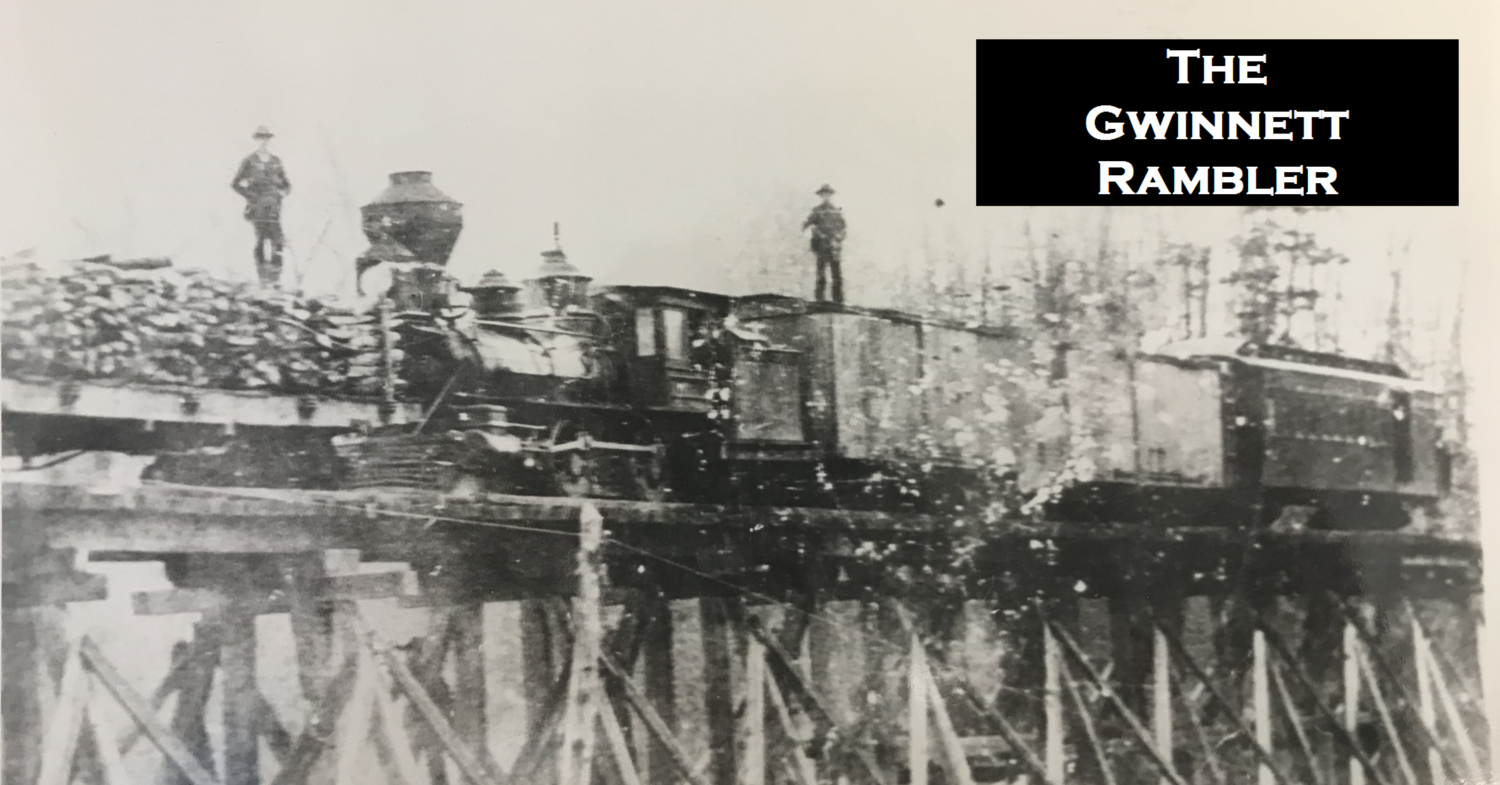Fort Defiance and the Bulldozers of Rivian
The State of Georgia was unique during the period of the War of 1812 as it featured a British land Invasion at St. Mary’s, numerous conflicts with Red Stick Creeks such as at Hill’s Mill on the Apalachee, and the construction of the world famous Peachtree Road. As tensions increased across the State’s border, on November 13th, 1813, Governor Peter Early ordered the construction of Forts or Blockhouses at 10 to 20 miles along the frontier. These forts ranged in style from fortified cabins to fully stockaded walls with firing steps. Morgan County featured two forts, Fort High Shoals and Fort Defiance.
Fort High Shoals was located near the High Shoals of the Apalachee. Although it was in Morgan County and staffed with Morgan County Militia, it was commanded by Lt. Isaac Daniel who was based just across the river at Fort Smith. A similar situation occurred at Fort Defiance as Captain James Barton exercised operational control over Fort New Hope in Jasper County.
The line delineating the United States from the Creek Nation was drawn by the Treaty of Washington in 1805. It stated the boundary would be “Beginning at the high shoals of Apalacha, where the line of the treaty of fort Wilkinson touches the same, thence running in a straight line, to the mouth of Ulcofauhatche…” This is the same line that today serves as the boundary between Morgan and Walton county. A small change was made to the extreme west portion of this line with the creation of Newton County. Two soldiers in their 1812 pension applications refer to this line as “The Dry Line” because it was one of the few boundaries to not follow a body of water.
Given the Governor’s orders, the command structure, and the pension accounts, we can narrow down the possible site of Fort Defiance. It was located near the original Jasper County line, was close to the boundary line of 1805, and did exist as some type of structure. To further narrow the possible locations we can use clues from sister forts that were built under the same order. Forts Daniel and Early were both placed at common road or path intersections. Forts Washington (Franklin County) Madison (Franklin County) Daniel (Jackson County) Early (Jackson County) Smith (Clarke County) were located on high ground so as to command the surrounding land. All the prior listed forts, with the exception of Fort Smith, also were known to be areas of common Native interaction. By assimilating these clues with the known details of Fort Defiance the most likely scenario is that it was built on a hill, near the Morgan county line and the Hightower Trail. Using that hypothesis the Fort Defiance site is most likely one of the hills on Davis Academy Road or the surrounding land. This is the Rivian site.
The rediscovery of Fort Daniel in 2007 through the current day gives an archaeological and historic blueprint for conducting this effort. As outlined in the writings of Dr. Jim D'Angelo, a scan of the area with a metal detector to pinpoint possible period artifacts can inexpensively narrow the search. At Fort Daniel once several period artifacts had been discovered, mechanical scraping removed the brush and a more detailed archaeological excavation commenced. For the first 24-30 inches (commonly known as the plow zone) an array of artifacts was discovered. Beyond the plow zone staining from the fort’s stackage walls was visible and many more artifacts were discovered.
In the initial zoning application to Morgan County (before the State took over the project) there was a wanton lack of historical or cultural resource information. I reached out to every one of my elected representatives and only received one response which was lack luster in its advice. We will soon see the bulldozers of Rivian destroy these artifacts and maybe countless others. The lack of due diligence once again destroys the story of European interaction with Native Americans.
Fort Defiance tells an important piece of Morgan County’s History and the minimal effort needed to do a rough archaeological survey is well worth the time spent. The Story of Native American interaction with European settlers should not be lost.
Here are a few of the records on the site.
Description of a Jasper County Militia man who was held back to defend the frontier while others of the Militia marched into the Creek Nation.

